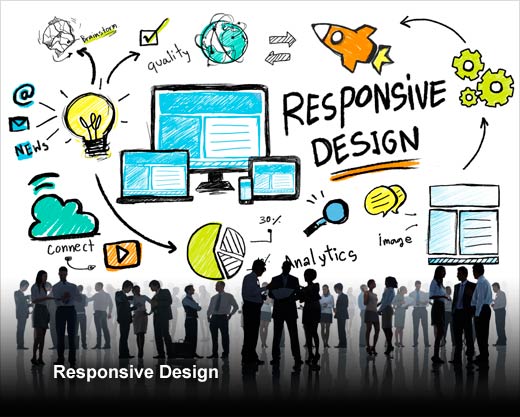The web obesity problem is becoming an epidemic. Like the increasing trend in human obesity, websites have also increased about 25 percent from a year ago, with today’s site averaging 2162 KB. In the past five years, websites have grown 208 percent. We’re on information overload, with no plans to slim down.
Why Are Websites Getting Fatter?
By having a fatter website, the user experience is richer – higher quality images, more content, more personalization, more functionality, etc. are all contributing to the page growth. Additionally, continuous delivery and lean development methodologies mean more changes are coming faster. While these changes are useful, they come at the cost of performance. In fact, every added kilobyte makes a website slower. If nothing is done to these bloated websites, the problem will continue to escalate, eventually leading to frustrated users, increased site abandonment and decreased conversions.
In this slideshow, Instart Logic has identified five key factors that contribute to website obesity and dramatically affect latency.
Bloated Code and Website Latency
Click through for five key factors that contribute to website obesity and dramatically affect latency, as identified by Instart Logic.
Content Overload
Reason #1: Content Overload
Implement a smarter content delivery network (CDN), which can provide a huge performance benefit. But choosing the right one is half the battle. Make sure your CDN doesn’t just accelerate the network, but also provides application-level optimization, which continuously learns and improves the application behavior. After all, you want a smarter CDN that works with you all the way through application execution versus one that stops short at the network edge.
More High-Resolution Images
Reason #2: More High-Resolution Images
Optimize your images. Determine the best image compression, format, and quality levels for each individual image to reduce file sizes and improve download times. Outputting the right image for web and mobile application delivery across thousands of images is hard work; therefore, using an automated image optimization service is key.
Personalization
Reason #3: Personalization
Quantify and continuously monitor performance activity. Use an Application Performance Monitoring (APM) tool to measure performance and know which indicators to focus on and which ones provide meaningful outcomes – Time to First Byte, Start Render, Page Load Times, and DOC Complete, to name a few.
Responsive Design
Reason #4: Responsive Design Complexity
With over 18,700 different Android devices and the maintenance required to resize websites for different screens, it’s no wonder responsive design is on the top of people’s priority list. Responsive design allows for flexibility and lower operating overhead; however, it also adds page complexity and weight to your website, leading to performance problems.
Tips to get the most out of your responsive design:
- Conversions: To maximize conversions, your pages should load in two seconds or less. One tip is to optimize images and your third-party widgets (social sharing tools, analytics, etc).
- Bounce Rate: When customers see a blank screen for too long, check your start render metric. To lower your start render, make sure the code and delivery is set up to prioritize painting the screen sooner.
- SEO Rankings: Time-to-first-byte (TTFB) is one metric that can affect search rankings. Even a one-second delay in TTFB can lower your rankings by 35 positions. One tip is to cache static assets and optimize delivery of your dynamic content.
Third-Party Code
Reason #5: Increase of Third-Party Code
Cleanse your scripting code. Take out all unnecessary third-party plug-ins and unused scripting code or find lightweight plug-ins that accomplish the same task, but don’t add significant page weight.








